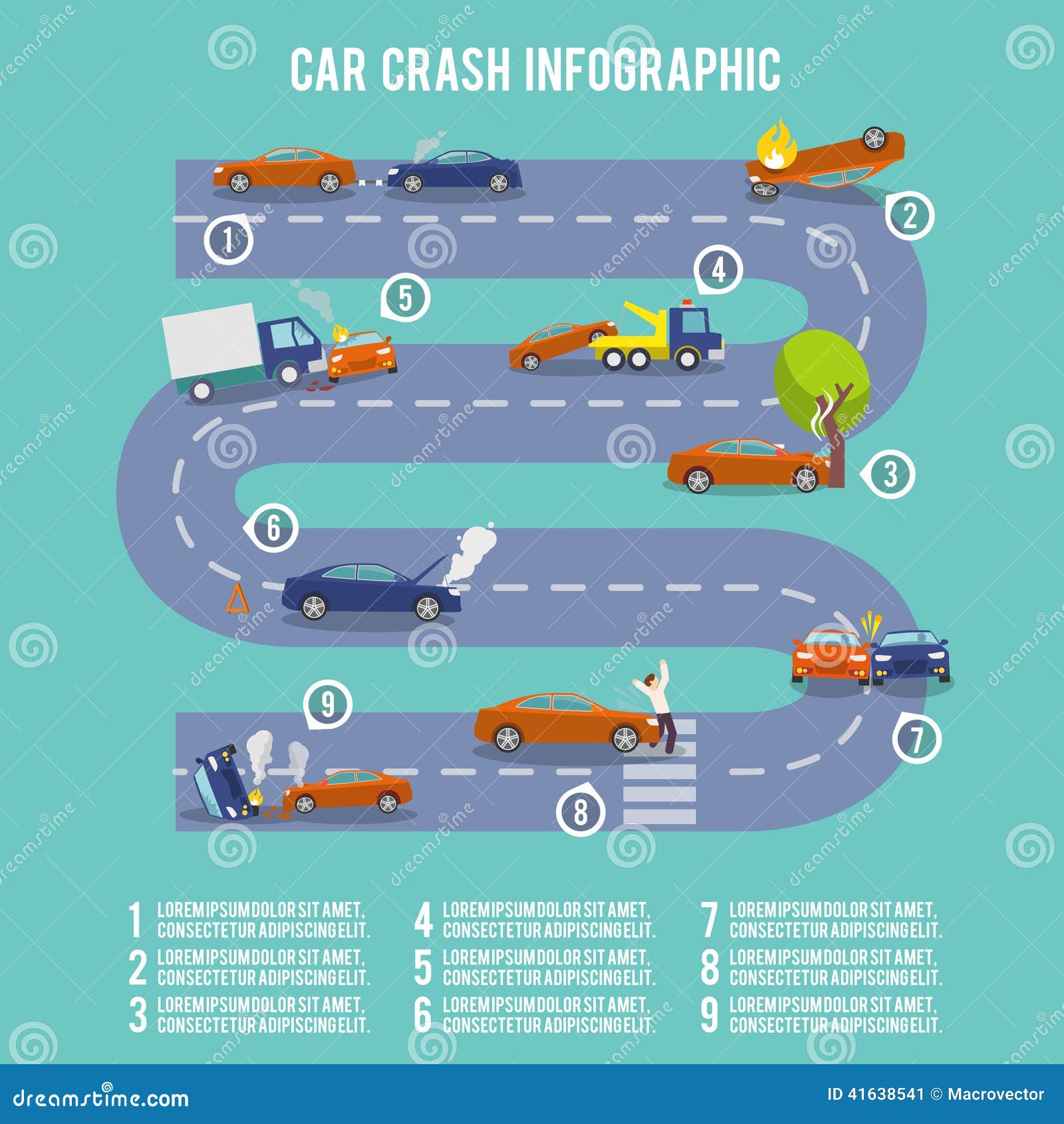Deciphering Your Vehicle'S Caution Indicators: What They Truly Represent
Deciphering Your Vehicle'S Caution Indicators: What They Truly Represent
Blog Article
Team Author-Lim Forbes
When you're behind the wheel, those beautiful warning lights on your dashboard can be a bit bewildering. Do you understand what they're attempting to tell you regarding your automobile's health and wellness? Understanding the significance of these lights is crucial for your security and the durability of your car. So, the following time one of those lights pops up, wouldn't you intend to decode its message precisely and take the essential steps to address it?
Common Warning Lighting and Interpretations
Determine typical warning lights in your car and recognize their definitions to ensure safe driving.
One of the most common warning lights include the check engine light, which signifies issues with the engine or exhausts system. If this light begins, it's important to have your automobile inspected immediately.
The oil pressure cautioning light suggests reduced oil stress, calling for prompt interest to stop engine damages.
A flashing battery light could recommend a faulty charging system, potentially leaving you stranded if not resolved.
The tire pressure surveillance system (TPMS) light informs you to reduced tire stress, influencing car security and gas effectiveness. Overlooking car detiling might lead to dangerous driving conditions.
The ABS light suggests a problem with the anti-lock braking system, jeopardizing your capacity to stop rapidly in emergency situations.
https://wgntv.com/news/utah-bank-flagged-for-issuing-189-interest-loans-through-auto-repair-shops/ but not least, the coolant temperature level advising light warns of engine getting too hot, which can result in severe damage if not solved promptly.
Recognizing these common caution lights will aid you address problems quickly and preserve safe driving problems.
Importance of Prompt Focus
Understanding the typical warning lights in your car is only the first step; the importance of without delay addressing these cautions can not be highlighted enough to guarantee your safety and security when driving.
When a warning light brightens on your control panel, it's your car's means of communicating a possible concern that requires focus. Disregarding these warnings can lead to extra serious issues down the road, compromising your safety and security and possibly costing you extra in repairs.
Trigger focus to warning lights can stop breakdowns and mishaps. For instance, a blinking check engine light might indicate a misfire that, if left ignored, might cause damage to the catalytic converter. Addressing this promptly can conserve you from an expensive repair work.
Similarly, a brake system warning light might signify low brake liquid or worn brake pads, essential elements for your safety when driving.
Do It Yourself Troubleshooting Tips
If you discover a warning light on your control panel, there are a few DIY fixing suggestions you can try prior to looking for professional aid.
The primary step is to consult your cars and truck's guidebook to comprehend what the particular warning light shows. Occasionally the issue can be as easy as a loosened gas cap activating the check engine light. Tightening up the gas cap may settle the issue.
Another common issue is a reduced battery, which can cause various alerting lights. Checking the battery connections for deterioration and ensuring they're safe and secure could fix the issue.
If a warning light lingers, you can attempt resetting it by separating the cars and truck's battery for a few minutes and then reconnecting it. Additionally, checking autocarwashauckland , such as oil, coolant, and brake liquid, can aid repair warning lights connected to these systems.
Final thought
In conclusion, understanding your automobile's warning lights is necessary for maintaining your vehicle running efficiently and safely. By promptly addressing these alerts and understanding what they indicate, you can stay clear of costly repair work and potential failures.
Keep in mind to consult your auto's guidebook for certain information on each advising light and act appropriately to guarantee a hassle-free driving experience.
Keep notified, remain safe when driving!
